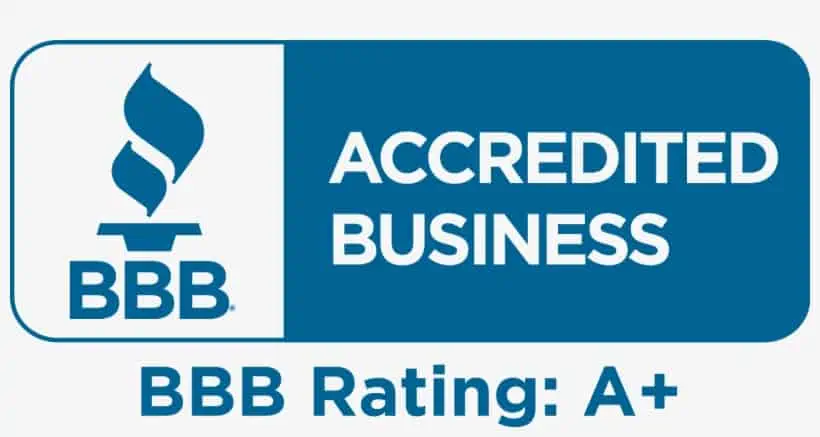Issued on November 10, 2014 by the IRS as an update to the famous Bobrow tax court case, Announcement 2014-32 provides guidance and interpretation of the once-per year IRA rollover rule. This rule applies to the 60-day IRA-to IRA and the 60-day Roth IRA –to-Roth IRA rollovers, which occurs when the IRA owner receives a check made out to her personally (in her name). The updated rule is much more restrictive than in prior years. Therefore, it is paramount that IRA clients understand it to keep from inadvertently violating the guideline and having IRA funds taxed.
The 2015 and After IRA Rollover Rules Broken Down
Trustee-to Trustee-Transfers Not Affected
Only the 60-day rollover rule is affected by this IRS regulation not trustee-to-trustee transfers. Therefore, it is recommended to always move IRA funds to another IRA via the transfer method instead of the 60-day rollover method.
Second IRA
A second IRA to IRA rollover within one year (12 months) is not allowed and will result in a taxable distribution in addition to the 10% penalty if under age 59 ½. IRA owners can essentially loses their IRAs and the IRS has no authority to step in to provide relief.
Applies in 2015 and After
The IRS has indicated that the updated 60-day rollover rule will not begin to be enforced until January 1, 2015.
The updated IRA rollover rules will not be enforced in 2014 or prior years. Therefore, any rollovers initiated in 2014 will not impact a rollover made in 2015 with regard to the new interpretation of the rule. However, don’t confuse the fact that the once-per-year rollover rule has always prevented a second rollover when the distribution comes from an IRA that either distributed or received a rollover within the past year.
Illustration 1: Jen takes a distribution from IRA 1 on November 29, 2014 and timely rolls over the funds to IRA 2 in December 2014. She also has another IRA, IRA 3. If Jen wants to, she can take a distribution form IRA 3 any time in 2015 and rollover the funds because the prior 2014 distribution from IRA 1 that was rolled over to IRA 2 won’t count towards the once-per-year limit. Jen cannot, however, rollover a distribution taken from either IRA 1 or IRA 2 to another IRA before December 2015. That would be a violation of the once-per-year rollover rule that has always been enforced and for which there would be no relief.
Illustration 2: Larry has three IRAs. He takes a distribution from IRA 1 in January 2015 and timely rolls it over to IRA 2. He cannot do another 60-day rollover form any IRA account for the following 12 months.
IRAs Aggregated
Roth IRAs and Traditional IRAs are aggregated. As such, a distribution and subsequent rollover between a participant’s Roth IRAs will prevent another rollover within a one-year period between that participant’s traditional IRAs. The same applies the other way. A distribution and subsequent rollover between a participant’s traditional IRAs will prevent another rollover within a one-year period between that participant’s Roth IRAs. Put differently, if a participant has both Roth IRA and traditional IRA, they can only roll over a distribution from one of those accounts within the on-year period.
Solo 401k Plans Indirectly Affected
Lastly, the 2015 IRA rollover rules also affect IRA rollovers to a qualified plan such as a solo 401k plan, a type of plan for the self-employed. Here is how. Suppose Scott has two traditional IRAs (note that the Roth IRA regulations prohibit rollovers and transfers to a Roth 401k designated account), and in 2015 Scott requests a 60-day rollover distributions from each traditional IRA. Scott then re-deposits both distribution amounts to his self-directed solo 401k before the expiration of each IRAs 60-day rollover window. Based on the new 2015 IRA rollover rules, only the distribution from IRA 1 would qualify for the 60-day rollover treatment. As a result, the distribution from IRA 2 would be considered a taxable distribution and it must be removed from Scott’s solo 401k plan.
IRA Company Won’t Cooperate QUESTION:
If you want to close the IRA LLC and ultimately transfer the funds to a non-self-directed IRA such as a Roth IRA at Fidelity, you will need to return all the funds from the LLC bank account back to the self-directed IRA held with the custodian. The funds first must flow back to the self-directed IRA custodian so that they can treat the transfer of the Roth IRA to the new Roth IRA at Fidelity; otherwise, if the funds flow directly from the IRA LLC to the Roth IRA with Fidelity, it will be treated as a distribution which would implode your Roth IRA.




